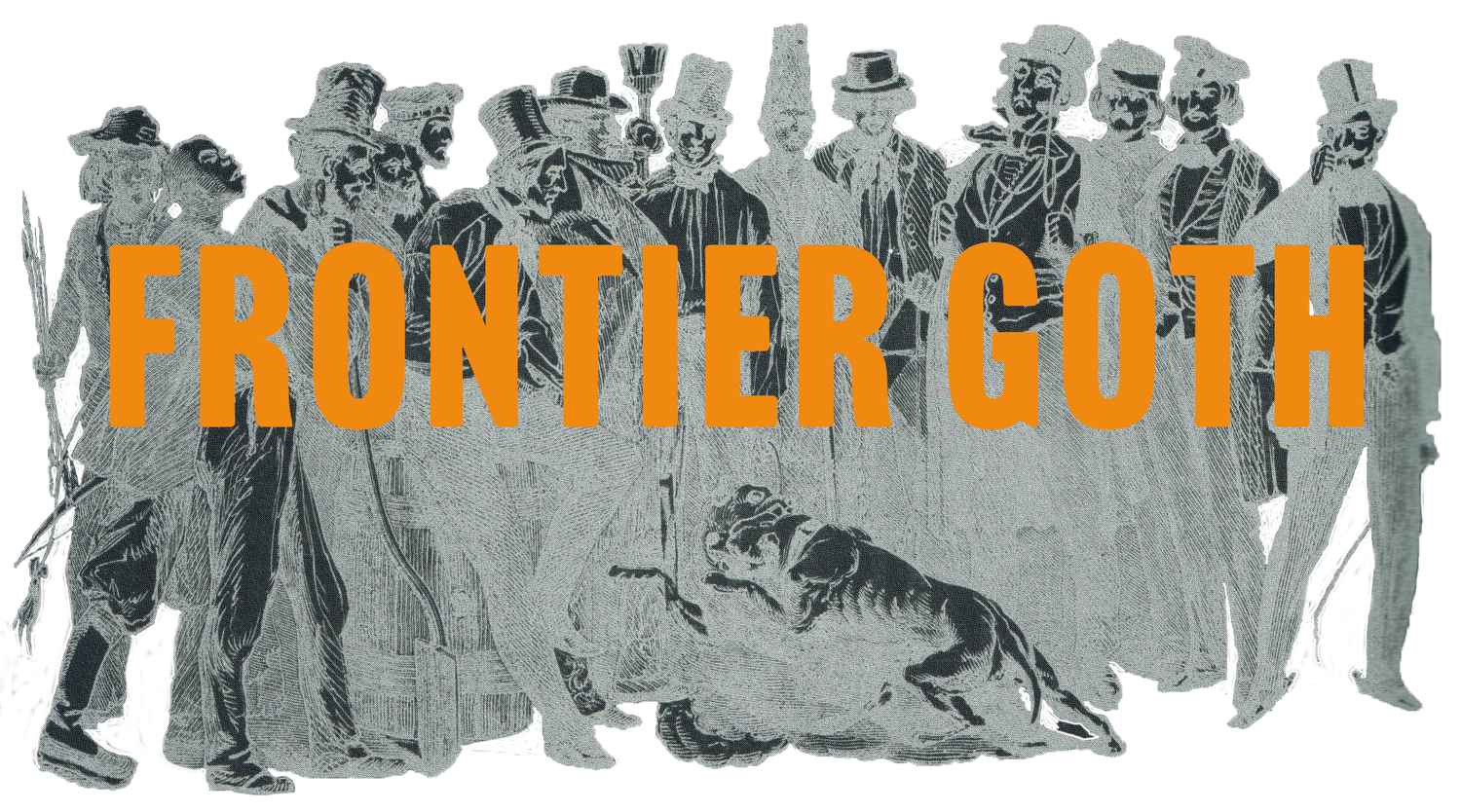Built by Roma Agrawal
“Long before the Tokugawa shogun regime (1603-1868) was established in the country, solid human waste - euphemistically known as ‘night soil’ - was being traded. It was loaded onto ships that sailed all around Japan, distributing it. Unsurprisingly, the ships carried a rancid stench with them, and people complained about these fetid vessels being docked alongside ships carrying tea. Magistrates, however, decided that the trade was vital, and that people would just have to deal with the stench.
”Trading human faeces was important because of the particular challenges this small island nation faced. Because of its topography, Japan had little land for growing crops, yet the population was booming and increasing food production was essential. So the land available for agriculture had to be used intensively to produce enough food, with more than one harvest per year. This meant that the natural nutrients of the soil were rapidly becoming depleted. Traditionally, the Japanese had turned animal waste into fertiliser to replenish the soil, but there weren’t many animals on the island, so the inhabitants had to look elsewhere for a solution. They found the answer in their own sanitation: the burgeoning population created a lot of waste. So the Tokugawa shoguns decided to make a virtue out of necessity by removing the waste to ships, and then trading it with farmers looking to boost their crops.
”The turd trade was soon big business. During the early years of the Tokugawa shogunate, the country began to depend on one of the biggest cities at the time, Osaka, for fertilizer. Boats laden with vegetables and fruits would arrive in the city and exchange their produce for its citizens’ night soil. However, the value of the night soil quickly increased (inflation affects faeces too, apparently) and vegetables were no longer enough to pay for such a valuable commodity: by the early eighteenth century, people were buying it with silver. Laws came into force stating that the rights to faecal matter produced by the occupants of a dwelling belonged to the landlord, though they were generous enough to assign the rights of urine to the tenants themselves. The price of faecal matter from 20 households a year amounted to the same as the cost of grain one person would eat annually. Night soil was by now an integral part of the housing market: the more tenants that landlords had, the more waste they could collect, so the cheaper the rent.”
-Roma Agrawal, 2018



